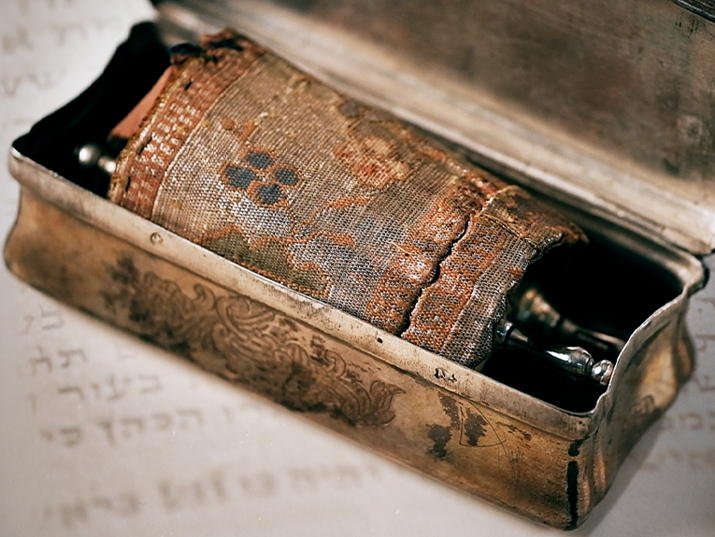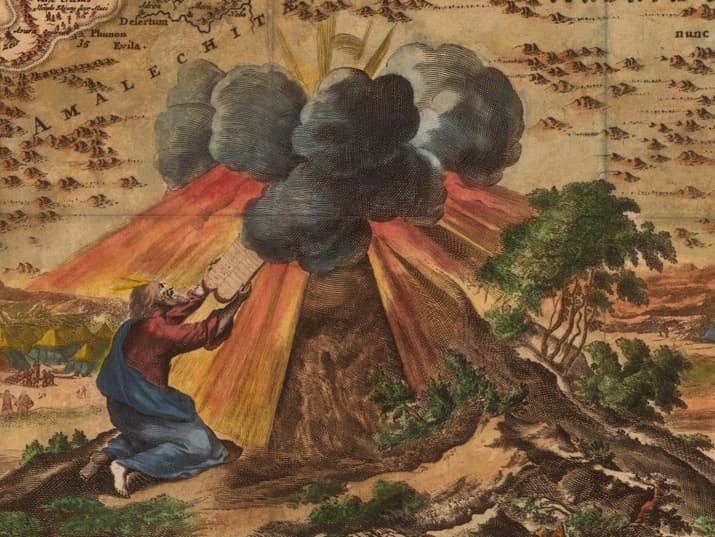Shavuot
Shavuot is one of Judaism’s oldest and most important holidays and is the third of the three pilgrimage festivals (the other two are Sukkot and Passover).
The holiday falls exactly seven weeks after the second day of Passover. Shavuot (which in Hebrew means “weeks”), essentially “completes” Passover, since Passover marks the physical redemption of the Israelites from slavery in Egypt, while the process of their spiritual redemption was completed only on Shavuot, when God gave the Israelites the Torah along with its noble moral and social code at Mount Sinai. For this reason, Shavuot is also called the Festival of the Giving of the Torah (Hag Matan Torah).
The holiday has many names: Pentecost (the fiftieth day), the Harvest Festival, the Festival of the Giving of the Torah, the Festival of Weeks, Day of the First Fruits, the Feast of the Assembly, and the Day of the Congregation.
Shavuot Customs
On Shavuot, Jews read the Book of Ruth, a tradition for which various explanations have been proposed. The book (one of the Five Scrolls [Megillot] of the Bible) deals with an act of kindness that takes place during the harvest time. It tells of Ruth the Moabite who accepted the Torah and joined the people of Israel. At the end of the Book of Ruth, whose plot is situated in the area around Bethlehem, Ruth the Moabite is revealed as the great-great-grandmother of King David. Thus, kindness to strangers, the reward for showing kindness, joining the people of Israel, receiving the Torah, and the legitimacy of the kingship of the House of David are the foundation of the Book of Ruth. Reading this scroll on Shavuot weaves together all of these elements.
Another custom that spread among the Jewish communities is eating dairy foods on Shavuot. The reason for this is not entirely clear, but many claim that dairy foods are eaten on Shavuot because at the giving of Torah, when the dietary laws were also given, the Israelites did not have time to prepare their knives and other cooking utensils in accordance with the new laws separating meat and milk. Therefore, they could not slaughter animals or prepare meat to celebrate the giving of the Torah, so they ate dairy foods instead. Another explanation is based on a midrash on the verse in the Song of Songs - “Milk and honey under your tongue,” which is understood as a reference to the Torah. In this context, milk is understood as a measure of grace, a connection to the mother, a baby’s first food and a unifying factor among all human beings. According to this view, meat is associated with lust, whereas milk is associated with measures of grace, mercy and harmony, values associated with the Torah, acceptance of the commandments and the Torah’s desired effect on humankind.
The Labor settlement movement in the Land of Israel chose this festival as a day to express the connection to the Land of Israel, while resuming the ancient rituals of harvesting and the bringing of the first fruits. This tradition became especially prominent in the kibbutzim. To this day, the ceremony of the bringing of the first fruits is an opportunity for the kibbutzim to present the year’s achievements in all sectors of their economy and production. A parade of decorated floats presents the mechanical and manufacturing innovations as well as samples of freshly harvested crops, including livestock and even new babies born on the kibbutz since the previous Shavuot. In addition, increasingly elaborate theatrical productions and skits are presented to large audiences. The National Library of Israel archives preserve materials documenting this aspect of Shavuot in the kibbutzim.

 Sign in with Google
Sign in with Google
 Sign in with Facebook
Sign in with Facebook
















